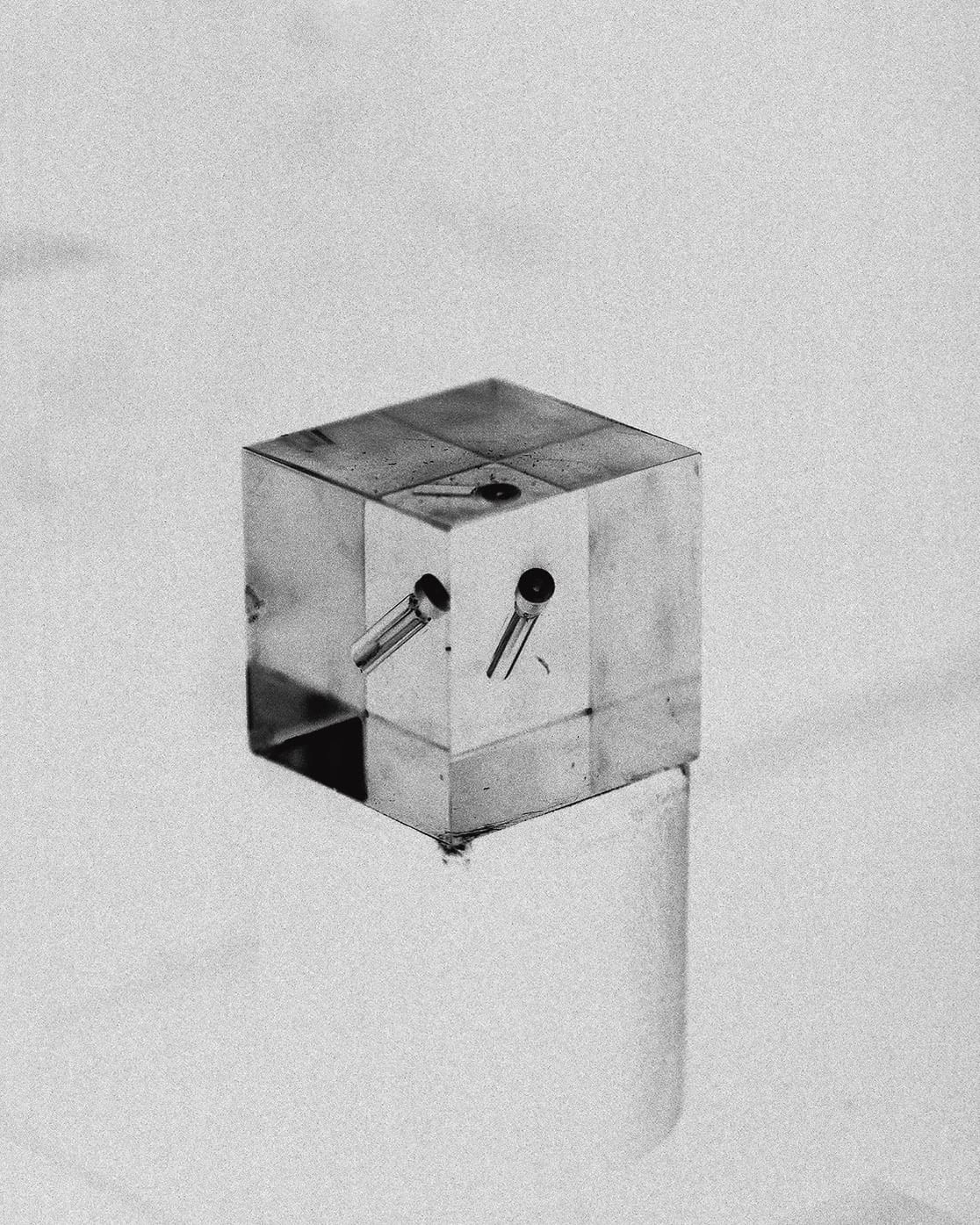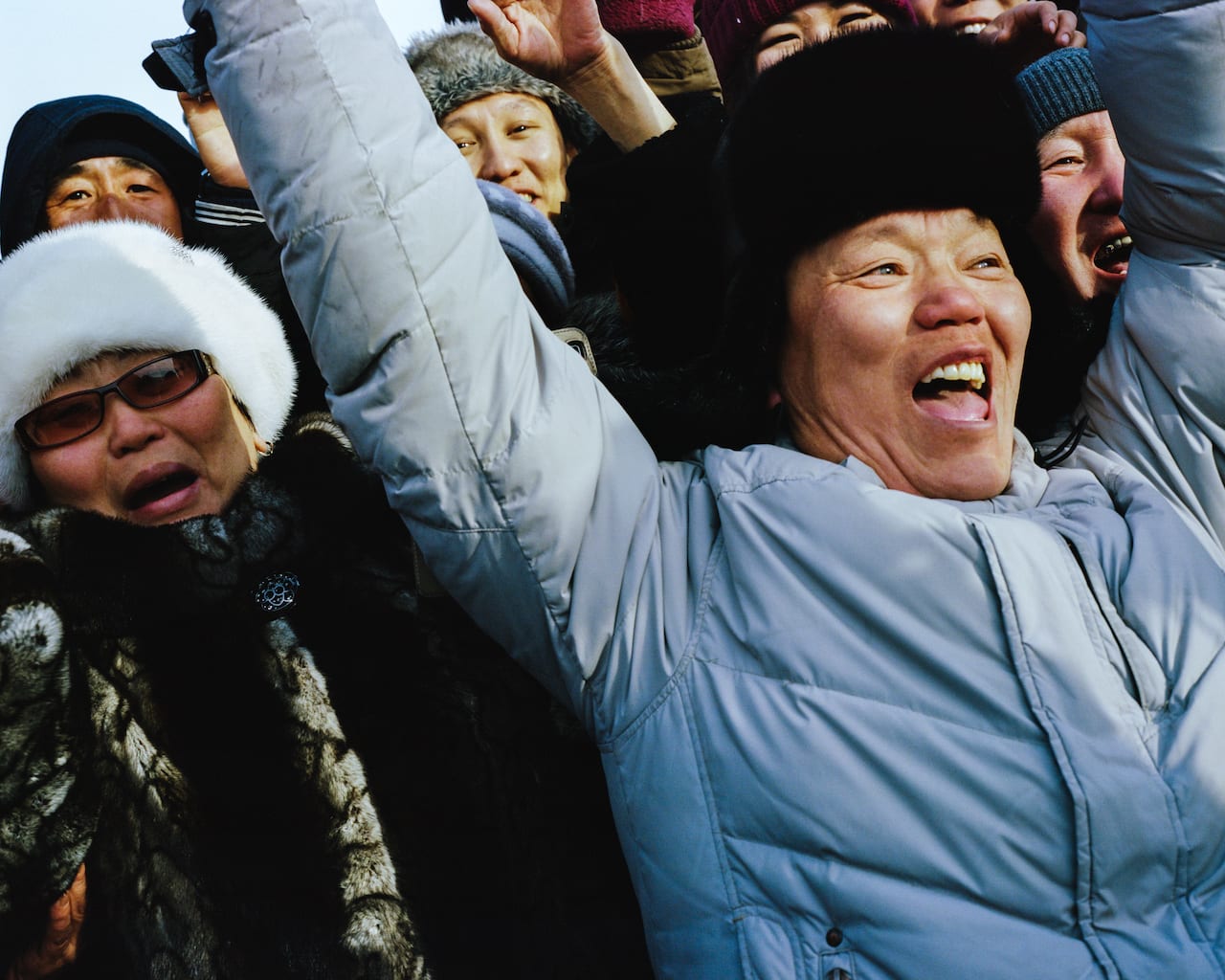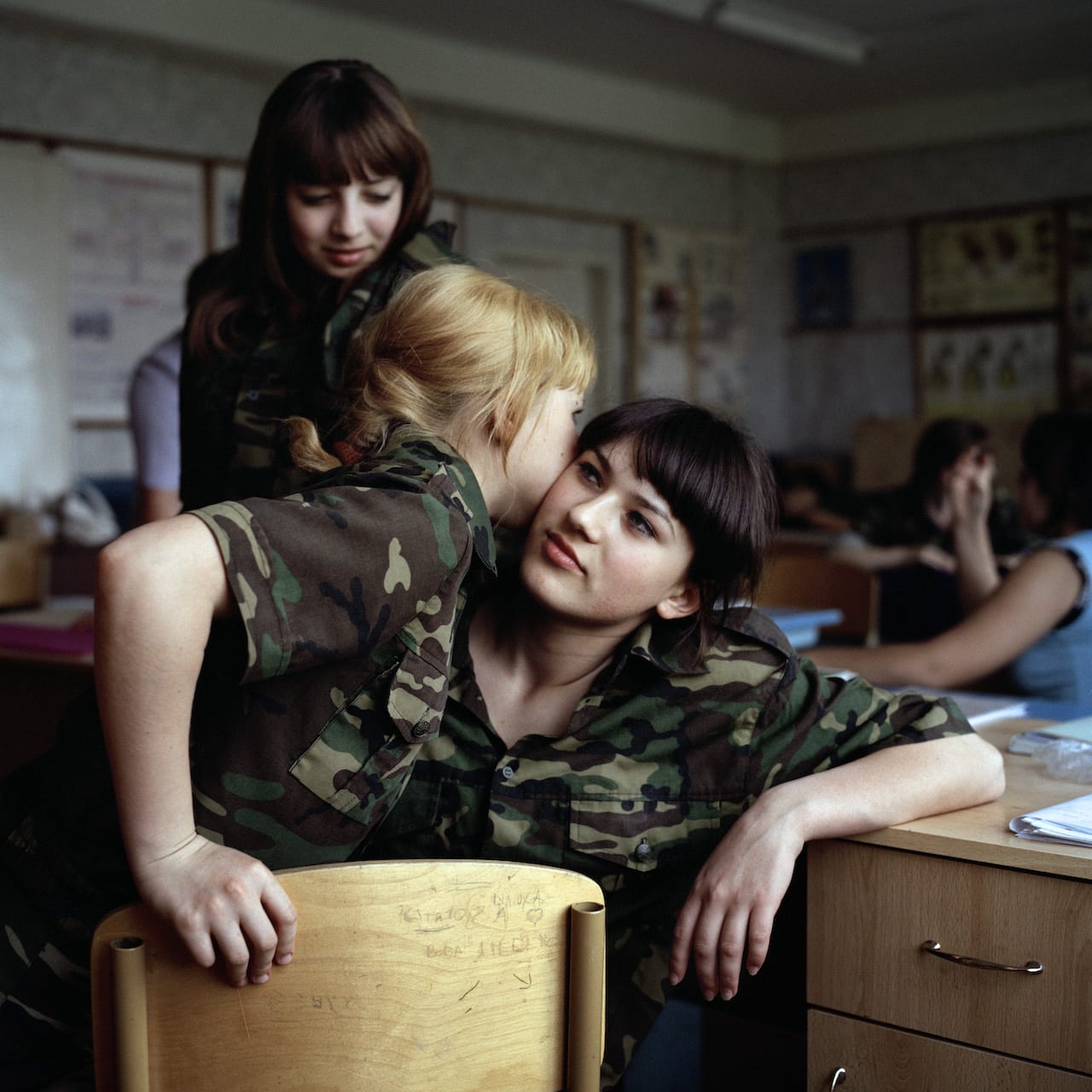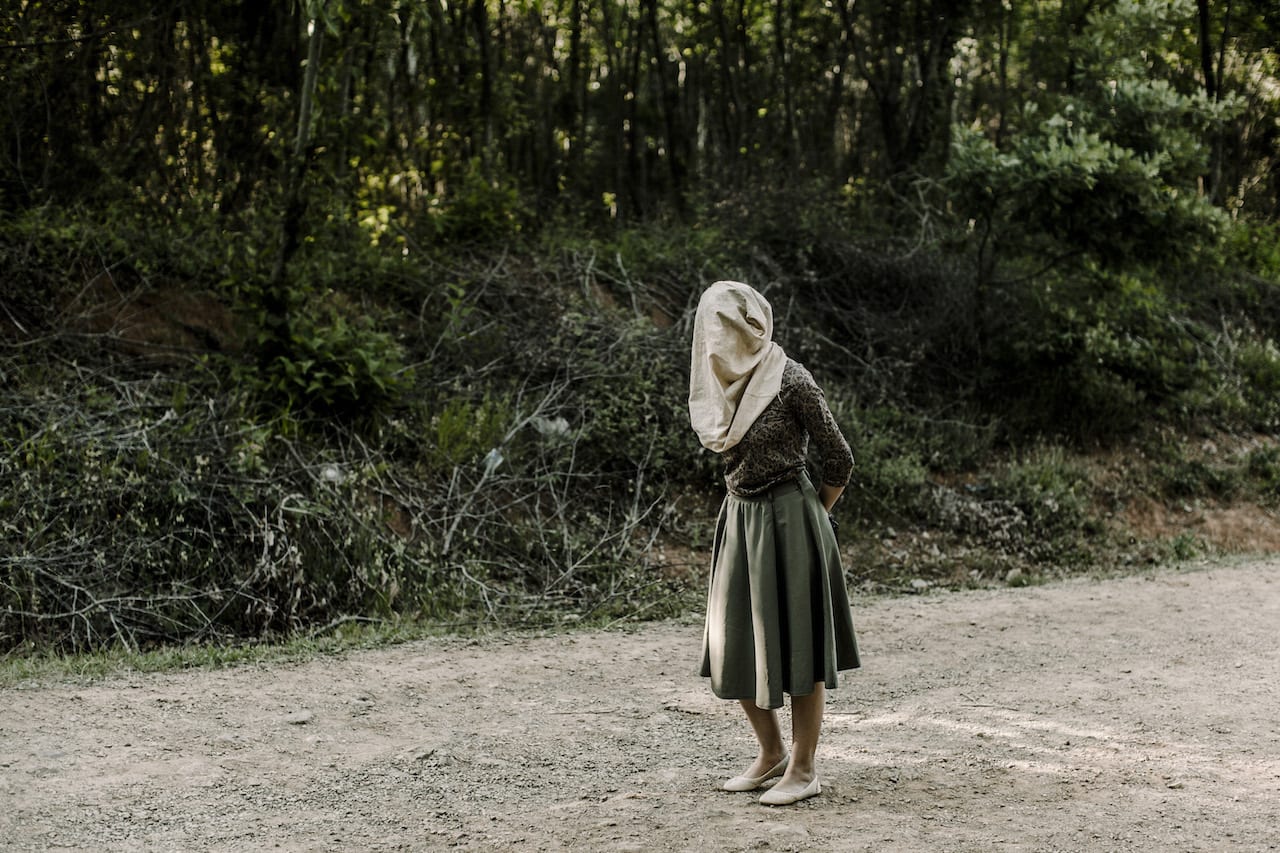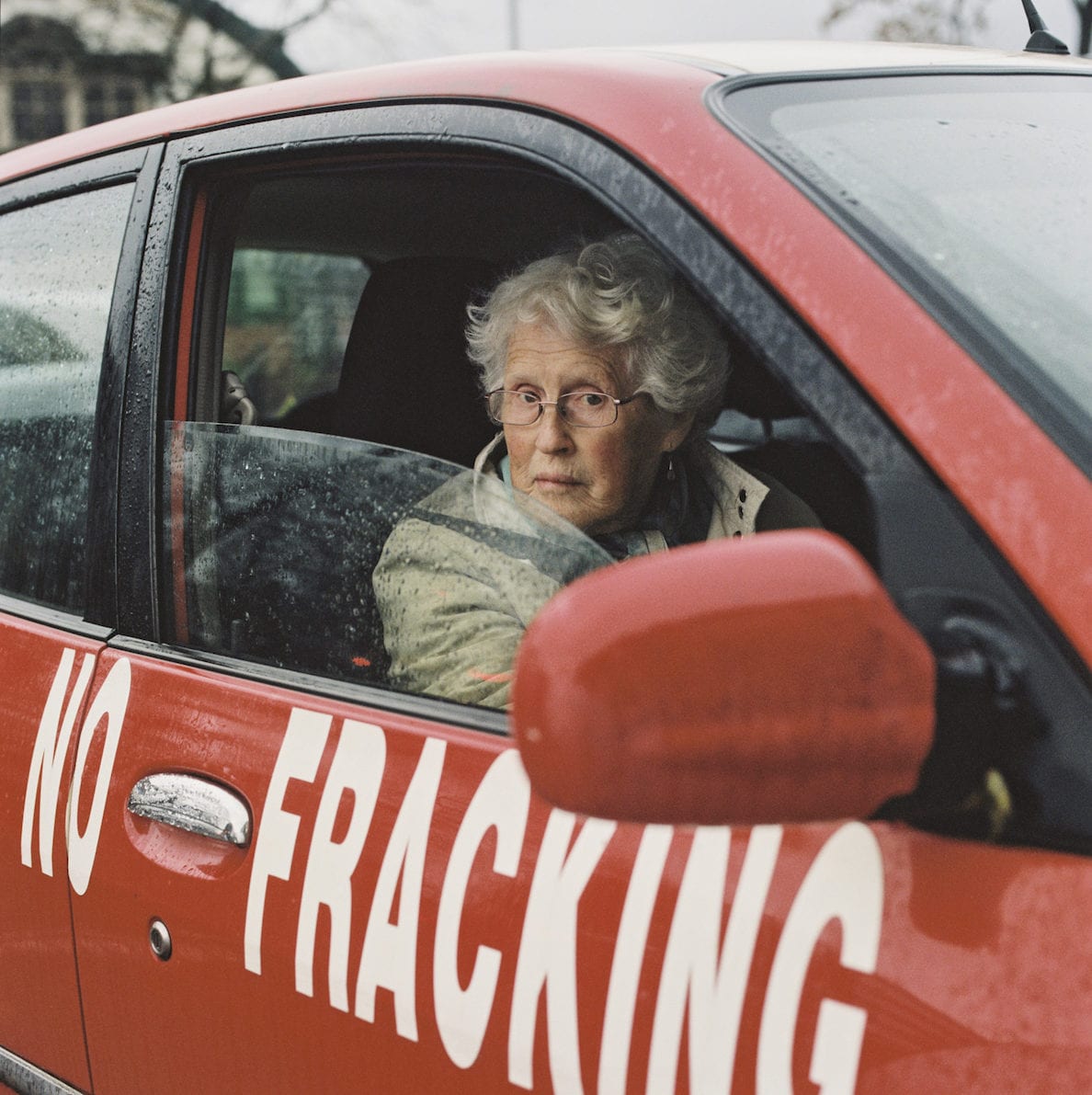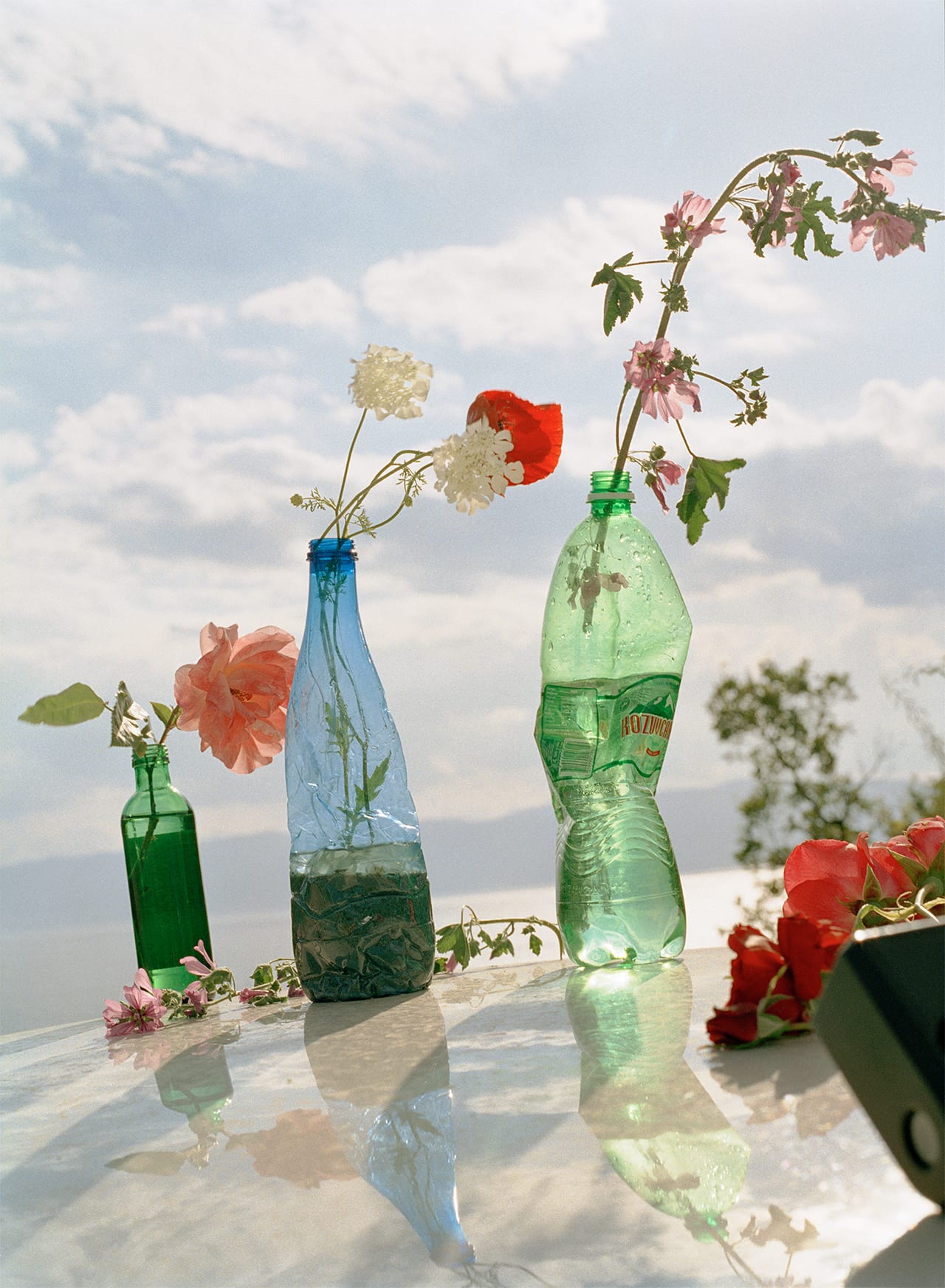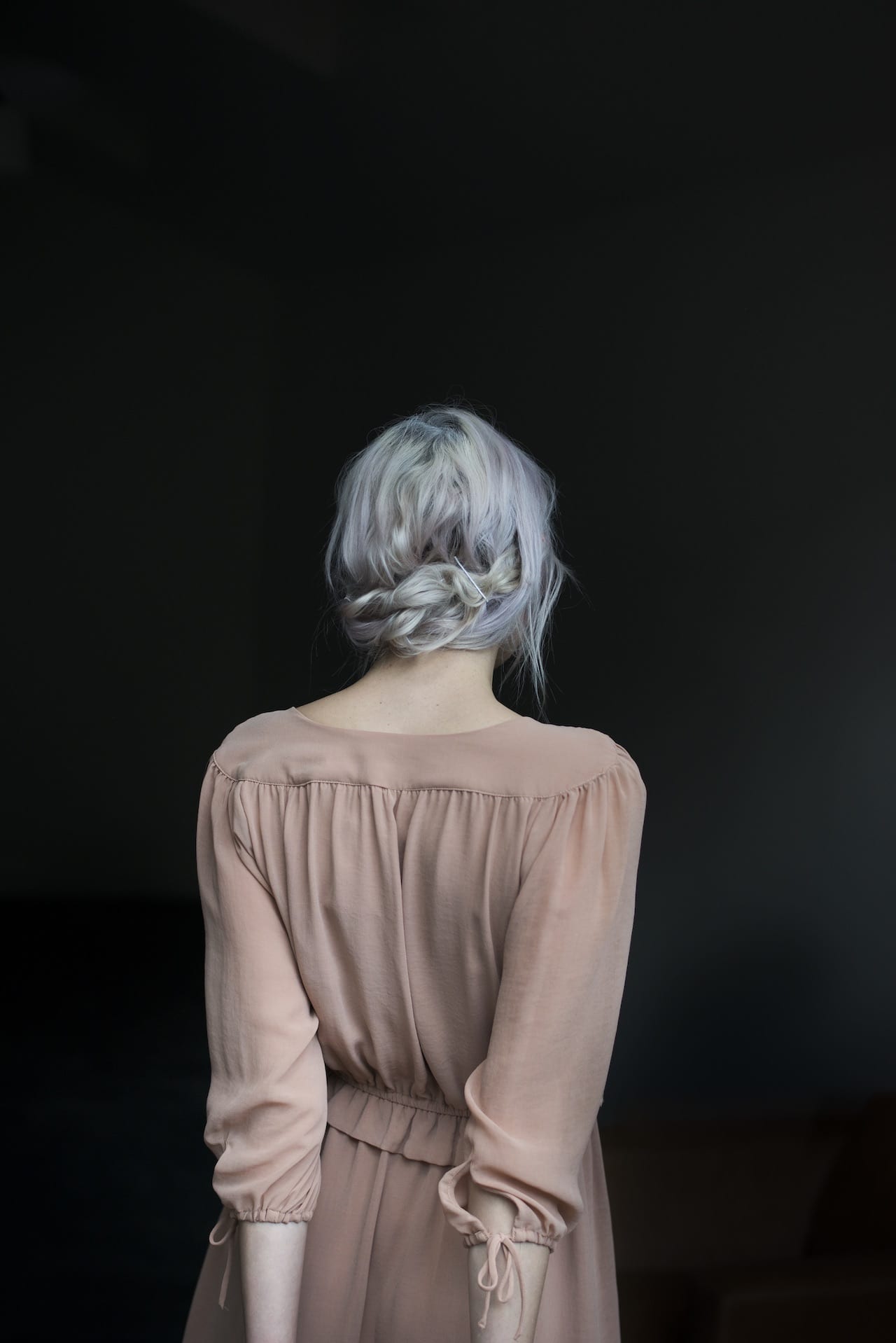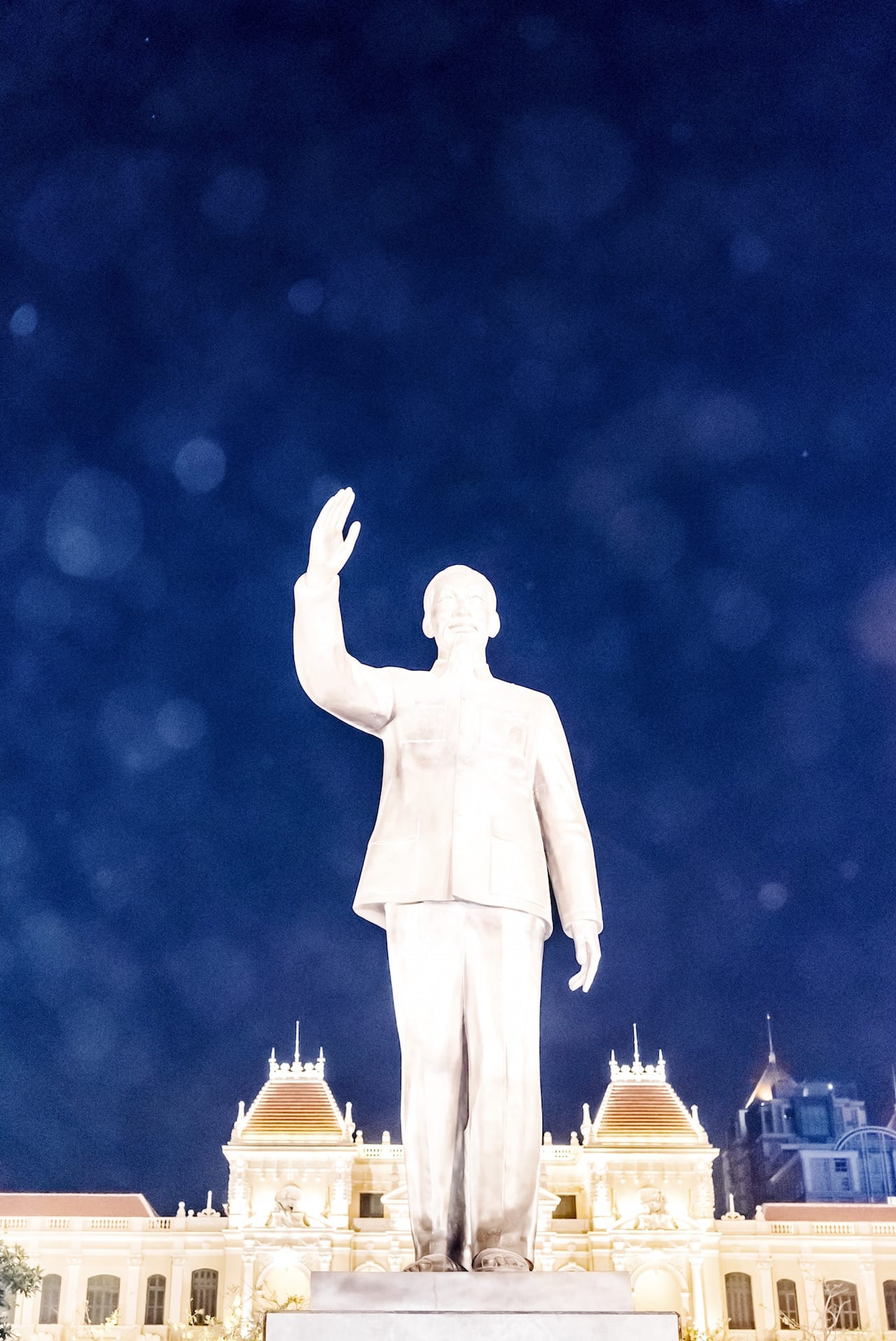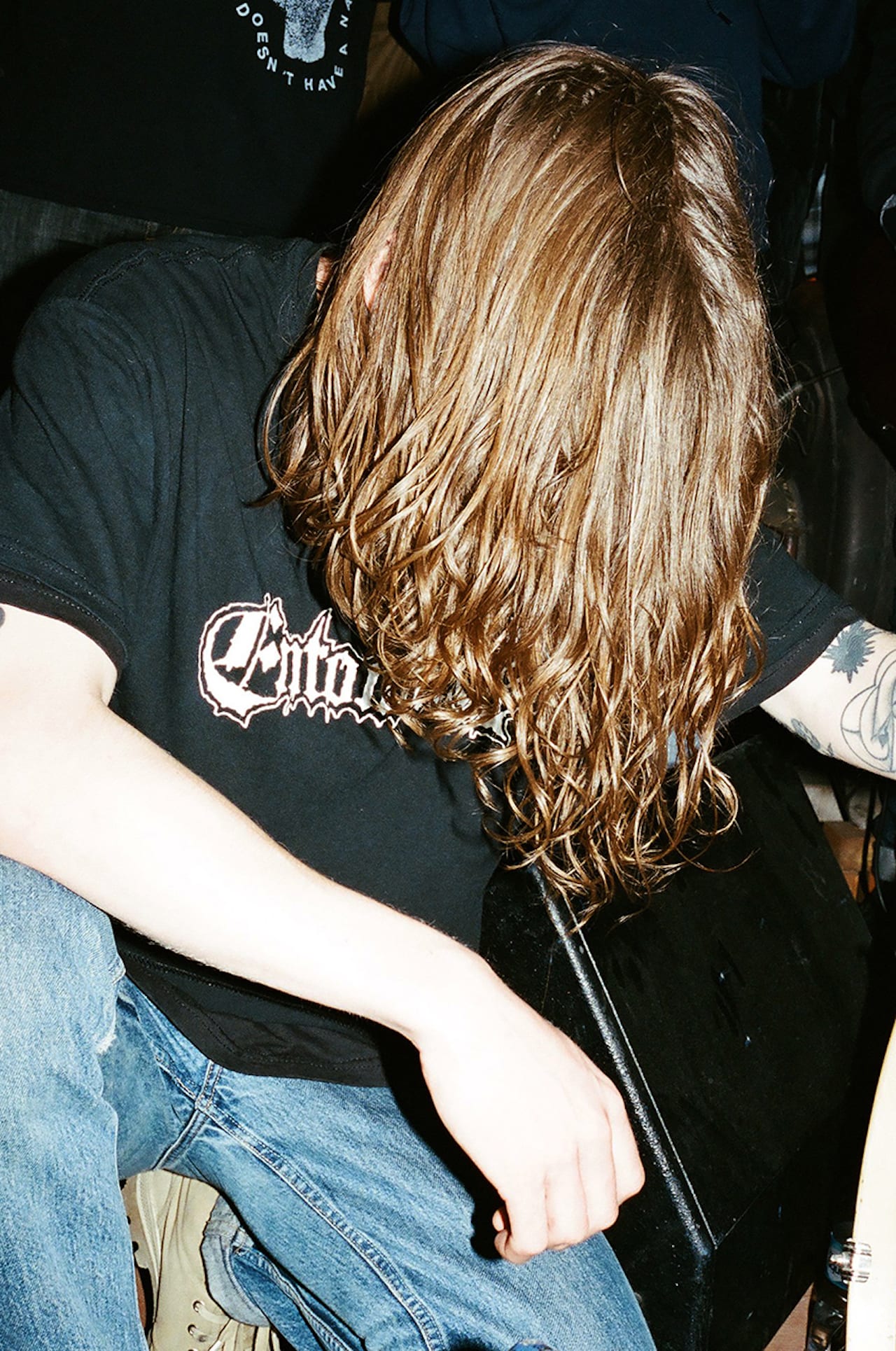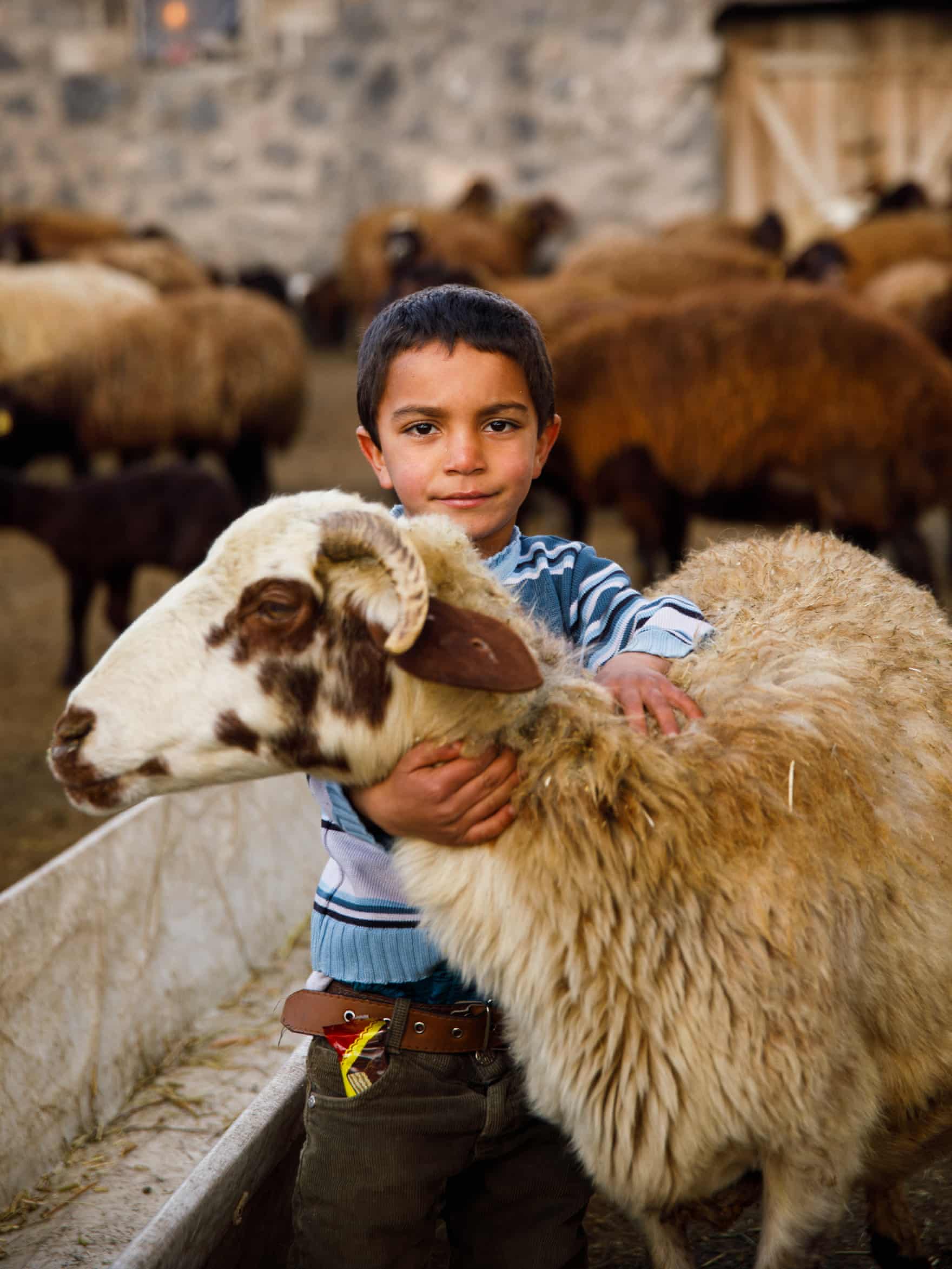“She hangs around with us after school even though we make it clear she bores us. We whisper nonsense and pretend to laugh at jokes so she laughs too, and we ask, ‘What’s so funny?’ to watch her squirm. She knows we are mean, and yet still she follows along behind. ‘Like a dog,’ we say, loud enough for her to hear.”
On athousandwordphotos.com this is the start of the text accompanying an image of Russian army cadets by Anastasia Taylor-Lind – but it’s not a direct quote from one of the young women depicted. Instead it’s a work of fiction by author Claire Fuller, inspired by the image but written without any knowledge of the circumstances in which it was shot.
It’s the same with the story that accompanies Karim Ben Khalifa’s photograph of a sofa, which was taken in war-torn Kosovo in 1999. In real life, the sofa had been looted and therefore set on fire by French peace-keepers to discourage further looting. But in author Dan Dalton’s hands, it’s set on fire by a 17 year old, who had spent happy hours with a slightly wayward group of friends hanging out on the abandoned couch. Meanwhile a photograph taken by Dungeness nuclear power station by Phil Fisk, inspired Lydia Ruffles to write a short story about a worker called Tomo who’s afraid of the sea.
Pairing documentary photography with fictional writing isn’t new – in fact it’s become quite a trend, with image-makers such as David Goldblatt, Vasantha Yogananthan, Max Pinckers, and Dayanita Singh – among many more – all playing with the combination in recent years. But the examples above come from quite a different project, set up to support Interact Stroke Support – a London-based charity that organises sessions in which actors read to recovering stroke patients.
